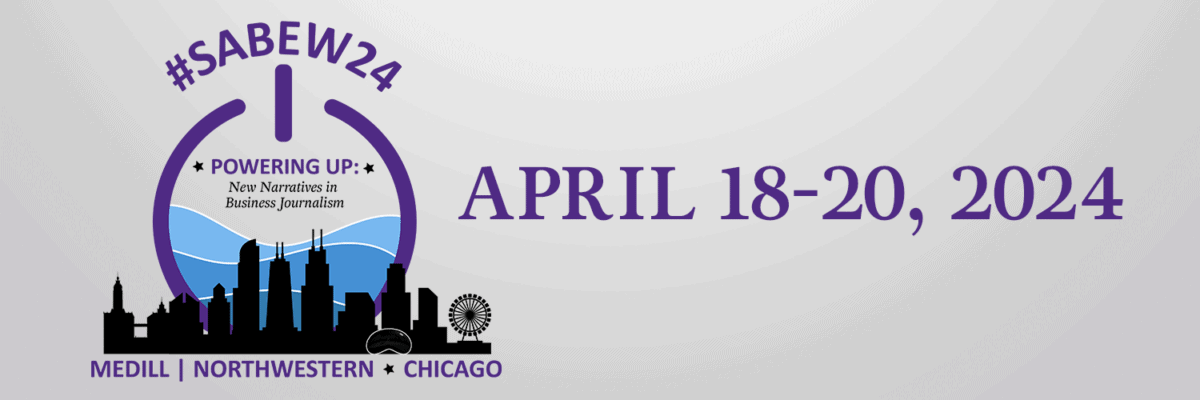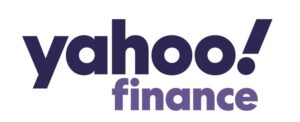By Allison Caso
When people hear the word “college,” words such as “fun,” “freedom” and “adventure,” all come to mind. For many students, the words “expense,” “finances” and “loans” also come to mind. Whether a student’s parents are supporting them or they are bearing the costs themselves, the topic of money unquestionably arises.
According to U.S. News & World Report, the cost of college has drastically increased in the past two decades. Average in-state tuition prices have risen 72% since 2008. This stark increase is causing students to rely heavily on loans and scholarships to afford their college degree.
The average student graduates with $32,731 in student loans, according to Forbes. Navigating the loan process is a feat and puts students with less access to advisers and resources at a significant disadvantage.
My experience is a mix of all these things. From the decision of schools to the student loans to the fun to the freedom to the being an out-of-state student.
As senior year of high school rolled around, I was still unsure what I was looking for in a university. Coming from Houston, I along with many of my friends and family believed I would end up at either The University of Texas or Texas A&M because those are the most common choices. Furthermore, while I attended private school my entire life thanks to the efforts of my parents, I knew I would be paying for a significant portion of college.
Therefore, when I finally decided to attend the University of Georgia, I committed to paying a hefty $30,000 per year for college. I was fortunate to have college advisers help me navigate the process of completing my FASFA, the federal form required for financial aid, which led to my receiving federal student loans for my first year.
Upon the start of my second year I began using private student loans because I believed it was a smarter option due to lower the interest rate. However, I later realized that the interest on the private loans began accruing at the time of borrowing money, whereas the interest on federal student loans begins once the student graduates.
This revelation sent shock waves through me and made me realize the importance of thoroughly understanding what I am signing beforehand. It also caused panic and made my student loans seem real for the first time.
I currently have both federal and private loans this year because after fully reviewing both terms of conditions, it made the most financial sense. My experience illustrates the difficult nature of deciding the best course of action and how to get the best bang for your buck.
In my case, despite the stress of the loans and the looming debt I will have once I graduate, I am incredibly fortunate to have the guidance and support of my parents who help me navigate the storm and the assurance of a great college reputation when I graduate.
When I look back on myself as a senior in high school and wonder if I would have done anything differently, I do not know. When I consider the financial prospect of staying in state for college, it does cause me to reflect on that alternative.
However, I would not trade my experiences at The University of Georgia for anything, and I know I ultimately made the best decision. I will be able to pay my loans back quickly and efficiently in part due to the tools I have received at UGA.
Allison Caso is studying journalism at the University of Georgia. She is a 2020 Cox-SABEW Fellow, a training program in partnership with UGA’s Cox Institute for Journalism Innovation, Management & Leadership.






